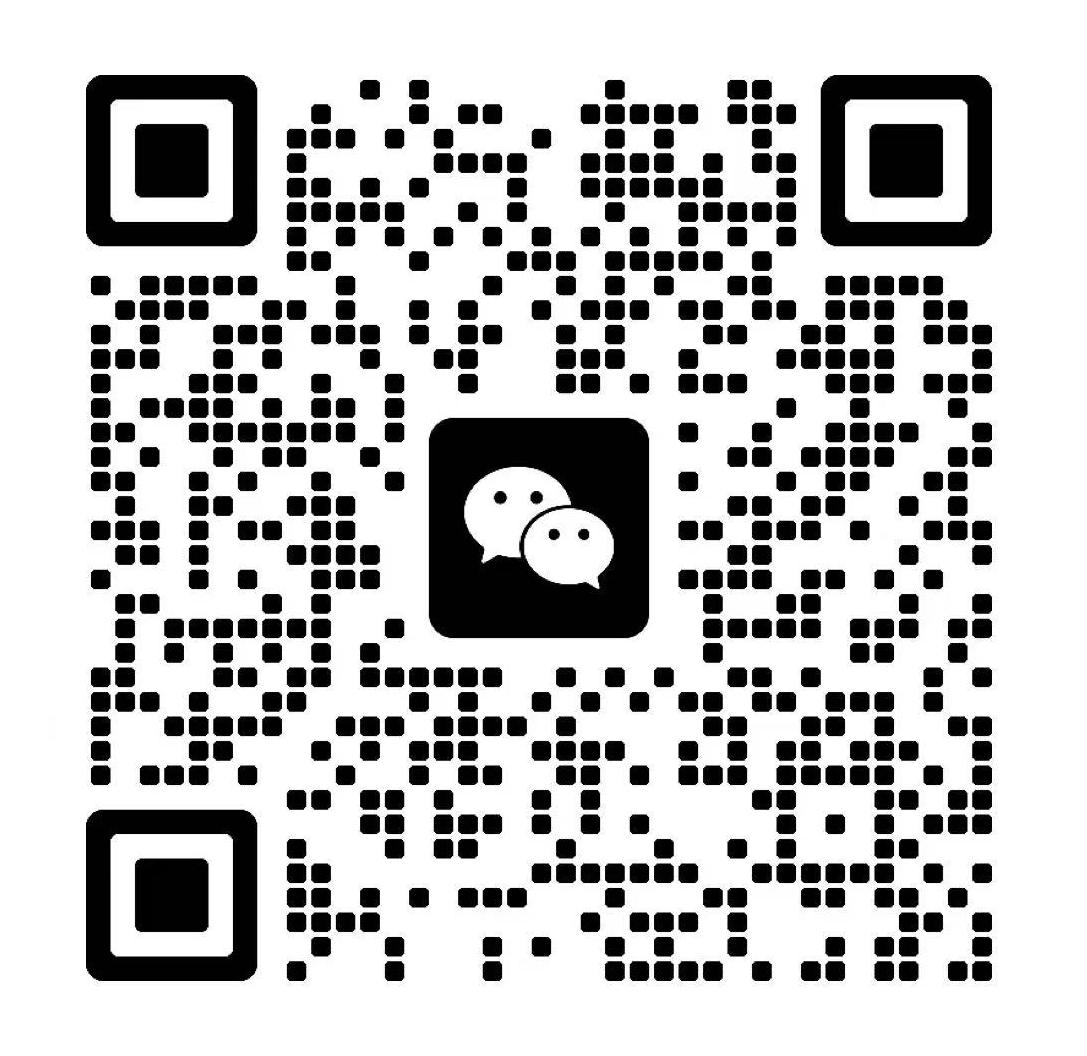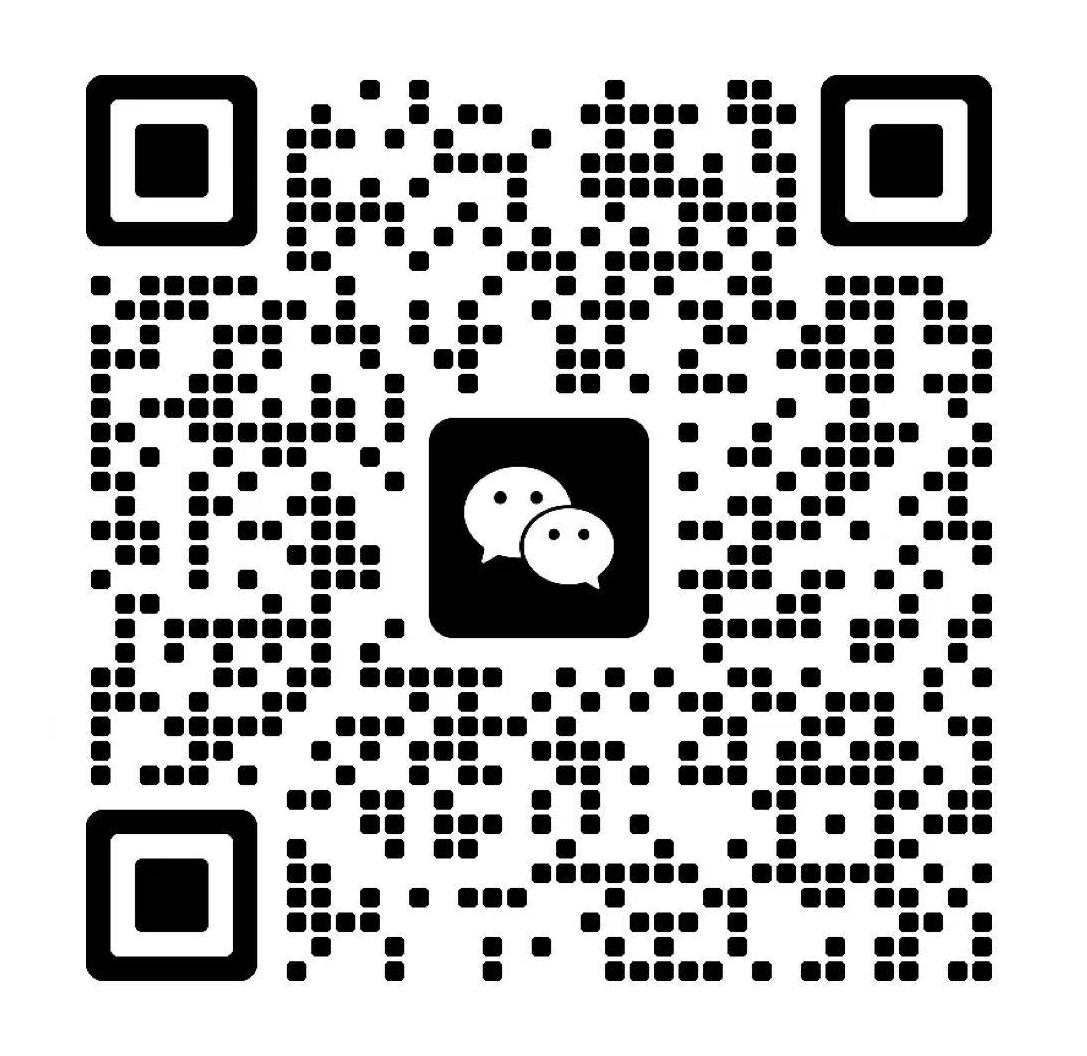What Are the Two Types of Microwave Transmission?
Microwave transmission is one of the most vital technologies in modern communication systems. It refers to the use of high-frequency electromagnetic waves, typically ranging from 1 GHz to 300 GHz, for the purpose of transmitting data, voice, and video signals over long distances. Due to their high frequency and short wavelength, microwaves are able to carry large amounts of data at very high speeds, making them ideal for applications such as satellite communication, television broadcasting, military communications, and wireless broadband.
At the core of microwave communication are two primary types of transmission methods: line-of-sight (terrestrial) microwave transmission and satellite microwave transmission. Each method has its own principles, advantages, limitations, and applications, and together they form the backbone of global wireless communication systems.
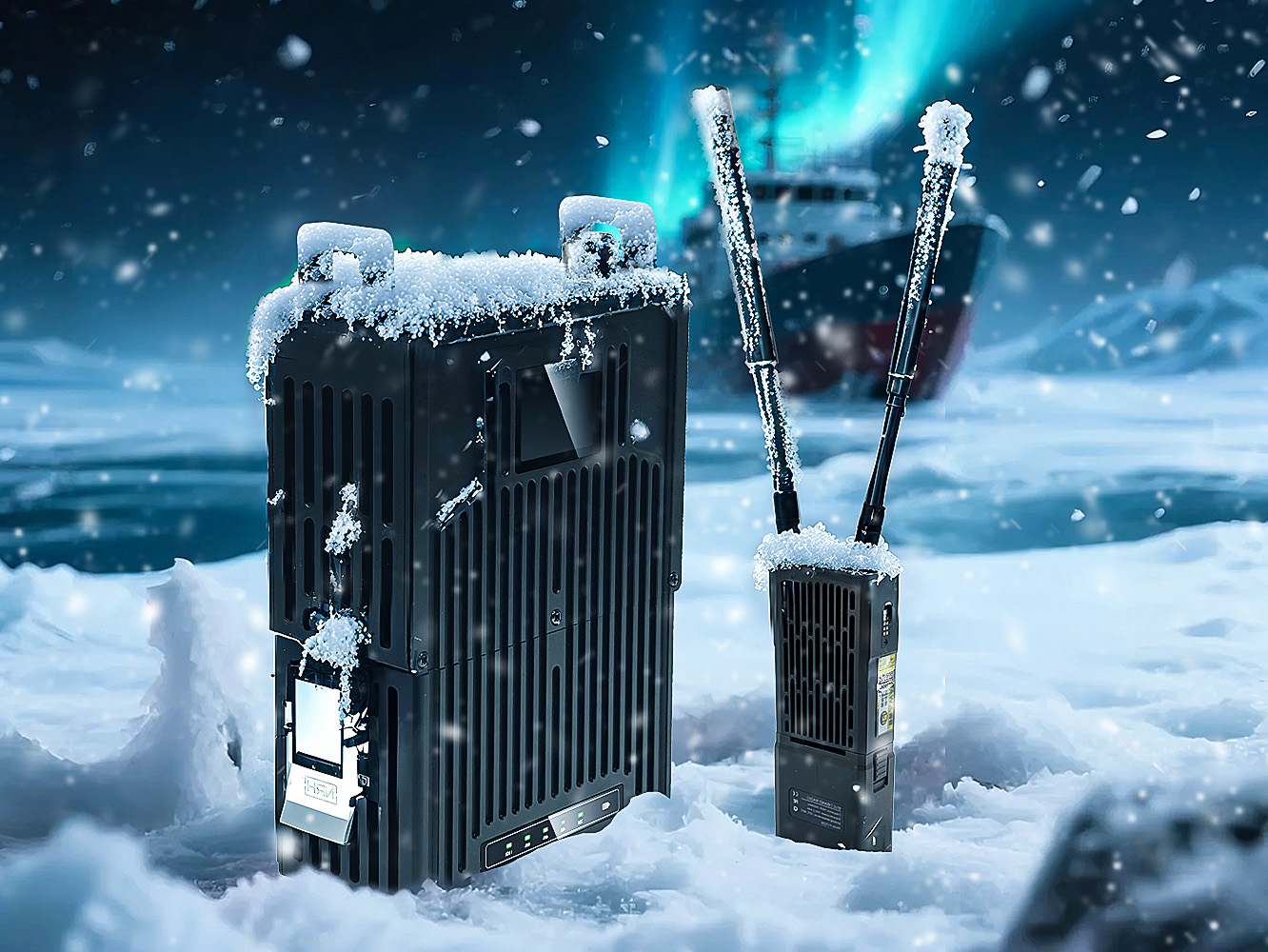
1. Line-of-Sight Microwave Transmission
Line-of-sight (LOS) microwave transmission is the more traditional and widely used method. As the name suggests, the transmitting and receiving antennas must be aligned in a direct path with minimal obstruction. Because microwaves travel in straight lines and cannot bend significantly around obstacles, tall towers are often required to establish clear paths over mountains, buildings, or the curvature of the Earth.
Key Features:
Frequency Range: Typically 4 GHz to 11 GHz, although higher frequencies can also be used.
Distance: Effective up to 50 kilometers per link, depending on terrain and atmospheric conditions.
Antenna Requirements: Parabolic dish or horn antennas are commonly used for focused transmission and reception.
Bandwidth: Capable of supporting high data rates, often in the range of hundreds of Mbps.
Advantages:
High Speed: Offers very fast data transfer with minimal latency.
Reliability: Less prone to interference compared to lower frequency radio waves.
Cost-Effective: More affordable than satellite systems for medium-range communication.
Limitations:
Obstructions: Buildings, trees, and natural terrain can block the signal.
Weather Impact: Heavy rain or storms can weaken the signal, known as rain fade.
Distance Restrictions: Requires multiple relay stations for long-distance transmission.
Applications:
Cellular backhaul networks connecting mobile base stations.
Broadcasting services such as television and radio.
Private enterprise communication networks.
Military tactical communications in field operations.
2. Satellite Microwave Transmission
The second type is satellite microwave transmission, which leverages satellites orbiting the Earth to relay signals between distant locations. In this system, the ground station (uplink) transmits microwave signals to the satellite, which then retransmits the signal back to another ground station (downlink). This enables communication across thousands of kilometers, including remote or rural regions where terrestrial infrastructure is not practical.
Key Features:
Frequency Bands: Commonly uses C-band (4–8 GHz), Ku-band (12–18 GHz), and Ka-band (26–40 GHz).
Coverage: Provides global coverage with a single satellite footprint.
Antenna Requirements: Parabolic dishes are used at ground stations; sizes vary depending on frequency and signal strength.
Advantages:
Long-Distance Communication: Can cover vast distances, including intercontinental links.
Global Reach: Ideal for broadcasting TV channels, internet access, and international telephone services.
Accessibility: Essential in remote or disaster-stricken areas where terrestrial infrastructure is unavailable.
Limitations:
High Cost: Satellite design, launch, and maintenance are expensive.
Latency: The signal must travel thousands of kilometers to space and back, introducing noticeable delays (around 250 milliseconds for geostationary satellites).
Weather Sensitivity: Especially at higher frequencies (Ku- and Ka-bands), signals may degrade in heavy rain or snow.
Applications:
Satellite television broadcasting.
International telephone calls and video conferencing.
Internet services in rural or offshore regions.
Navigation systems and military satellite communication.
Comparison of the Two Types
Feature | Line-of-Sight Microwave | Satellite Microwave |
Distance | Limited to ~50 km per hop | Thousands of km |
Infrastructure | Towers, repeaters | Satellites & ground stations |
Cost | Moderate | High |
Latency | Very low | Higher due to long travel distance |
Coverage | Regional or national | Global |
Best Use Case | Cellular backhaul, local TV/radio | Global broadcasting, remote area coverage |
Both systems complement each other in the modern communication landscape. Line-of-sight transmission provides reliable high-speed connectivity in urban and regional settings, while satellite microwave transmission ensures that even the most isolated corners of the globe can stay connected.
The Future of Microwave Transmission
With the rise of 5G networks, low-earth-orbit (LEO) satellites, and wireless broadband, microwave transmission continues to evolve. LEO satellites, for example, reduce latency significantly compared to traditional geostationary satellites, enabling new possibilities for real-time applications like online gaming, telemedicine, and autonomous vehicle communication. Meanwhile, terrestrial microwave links remain essential for backbone infrastructure, providing cost-effective and reliable alternatives to fiber optic cabling.
Conclusion
Microwave transmission is a cornerstone of modern communication, enabling everything from watching live sports on television to conducting international business calls. The two main types—line-of-sight microwave transmission and satellite microwave transmission—each play crucial roles in ensuring connectivity across the world. While line-of-sight transmission excels in local and regional applications, satellite systems extend communication to remote and global levels. Together, they form an integrated network that keeps people and businesses connected at all times.
TuQian Microwave Transmission
At TuQian Wireless, we specialize in advanced microwave transmission solutions tailored for modern communication needs. Our products include vehicle-mounted HD transmitters, soldier-borne video systems, and high-performance microwave communication equipment designed to deliver stable, high-speed, and secure data transfer even in challenging environments. With a focus on innovation and reliability, TuQian’s microwave transmission solutions empower industries ranging from defense and public safety to broadcasting and industrial networking—helping build a more connected future.
-
 2025-10-24
2025-10-24 -
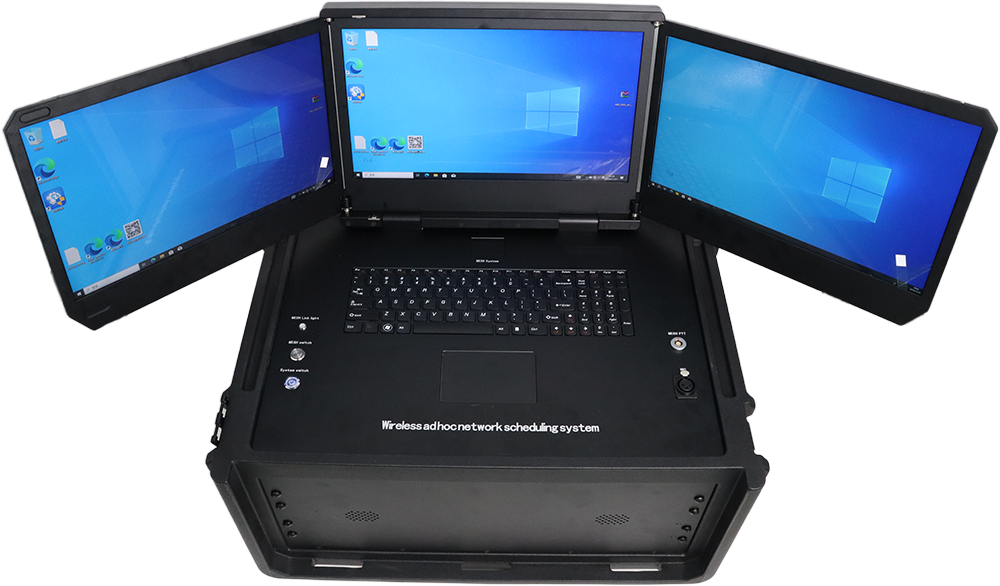
What is an Emergency Communication System and How Does It Work?
2025-09-16 -
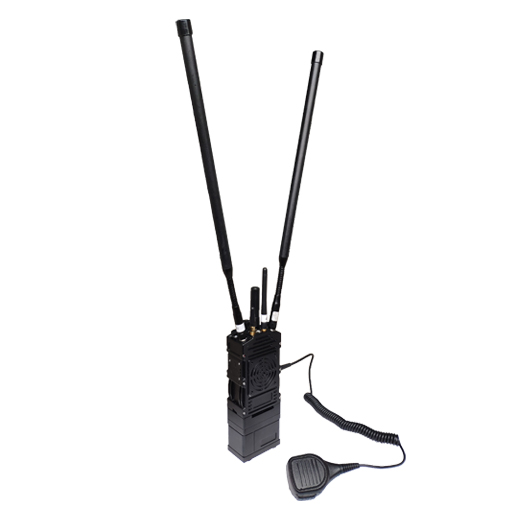
What Is Point to Point and Point to Multipoint Wireless Network?
2025-09-05 -

Multi-Node MESH Networking: Principles and Real-World Applications
2025-08-18 -

What Is the Difference Between Radio and Microwave Video Transmission?
2025-07-30 -

Unmanned Aerial Vehicle Transmission Equipment Communication Solution
2025-07-24


